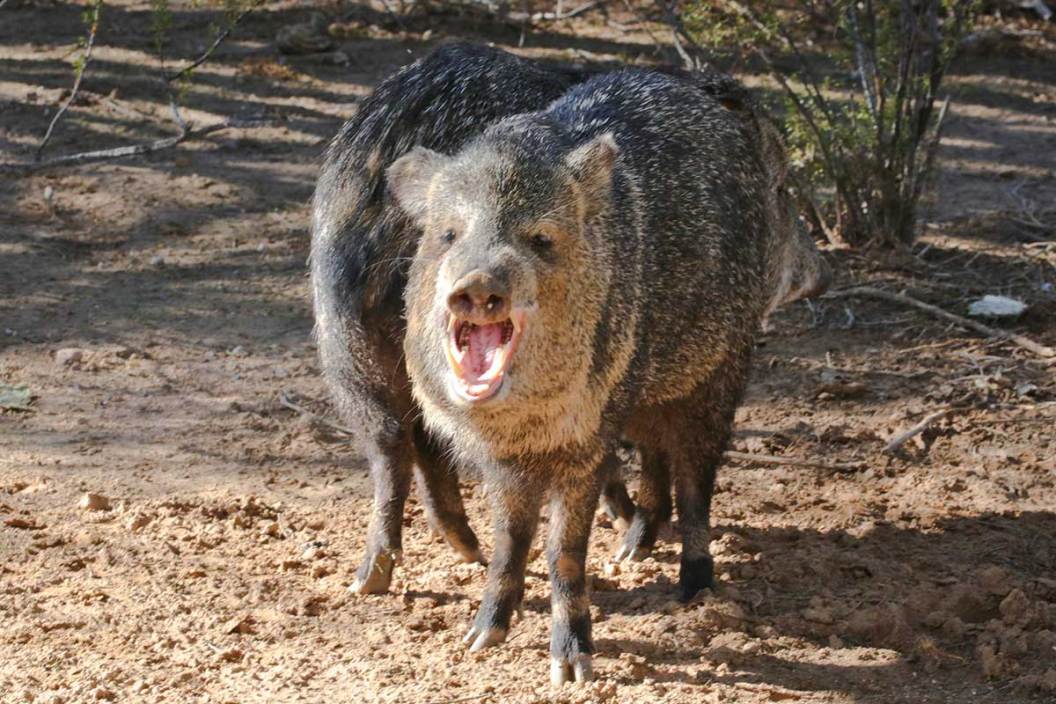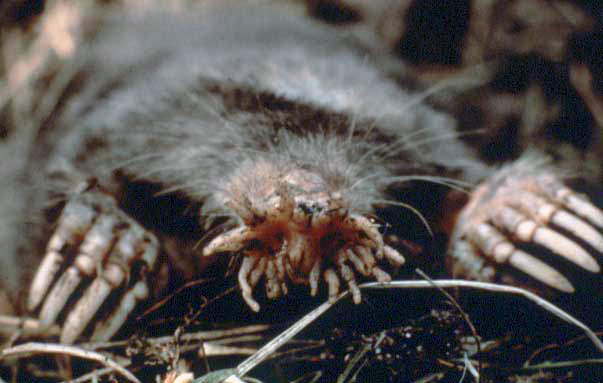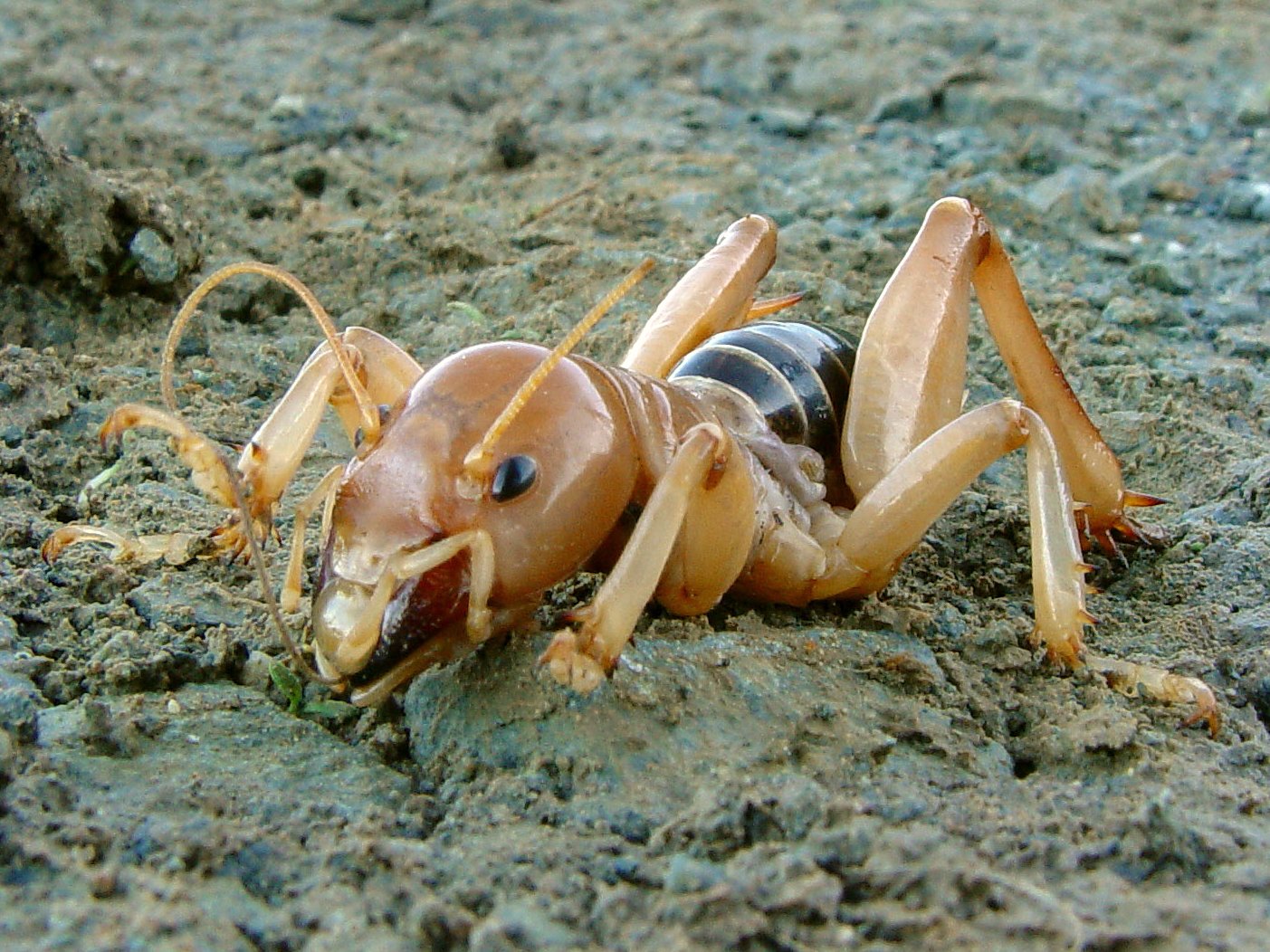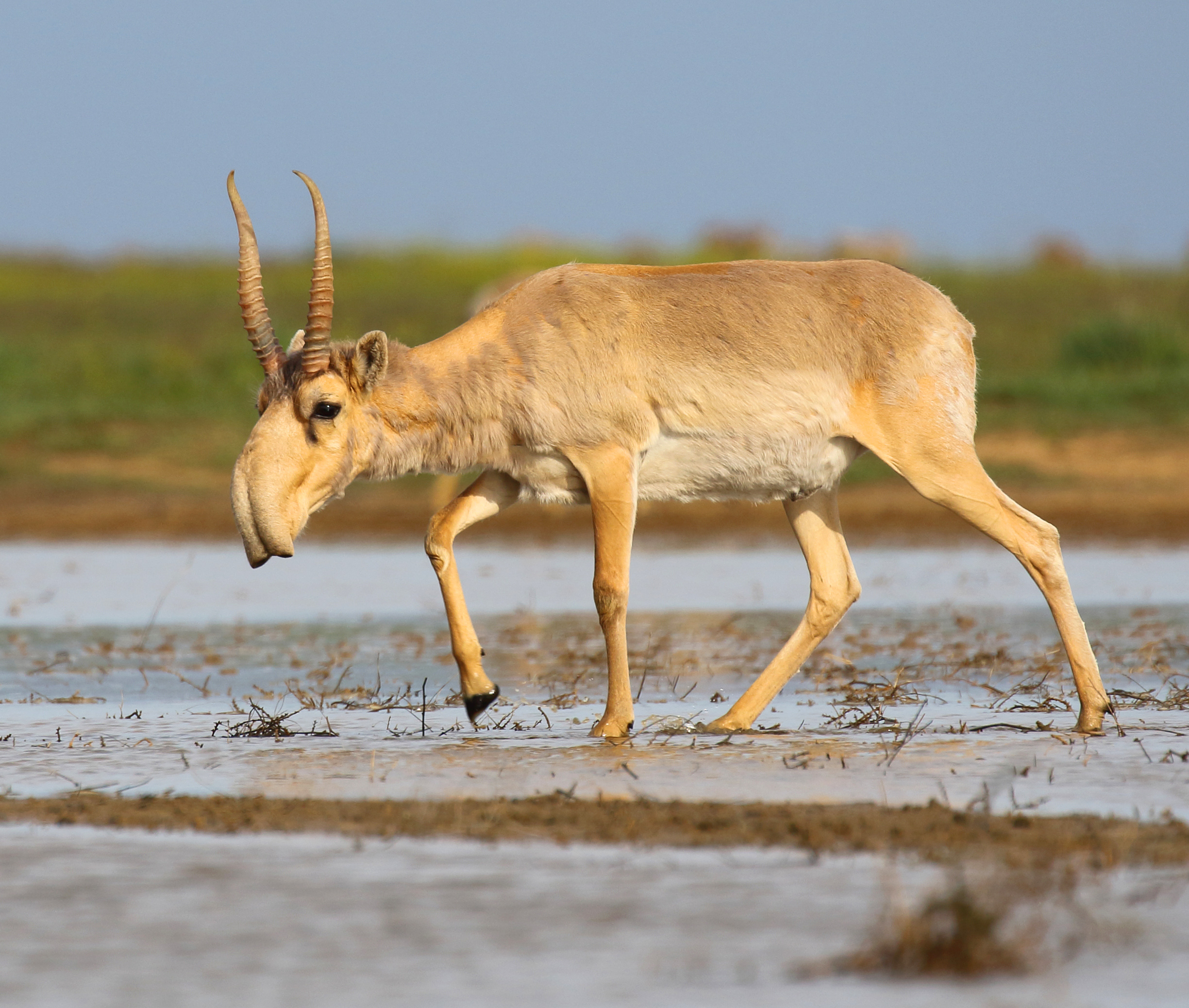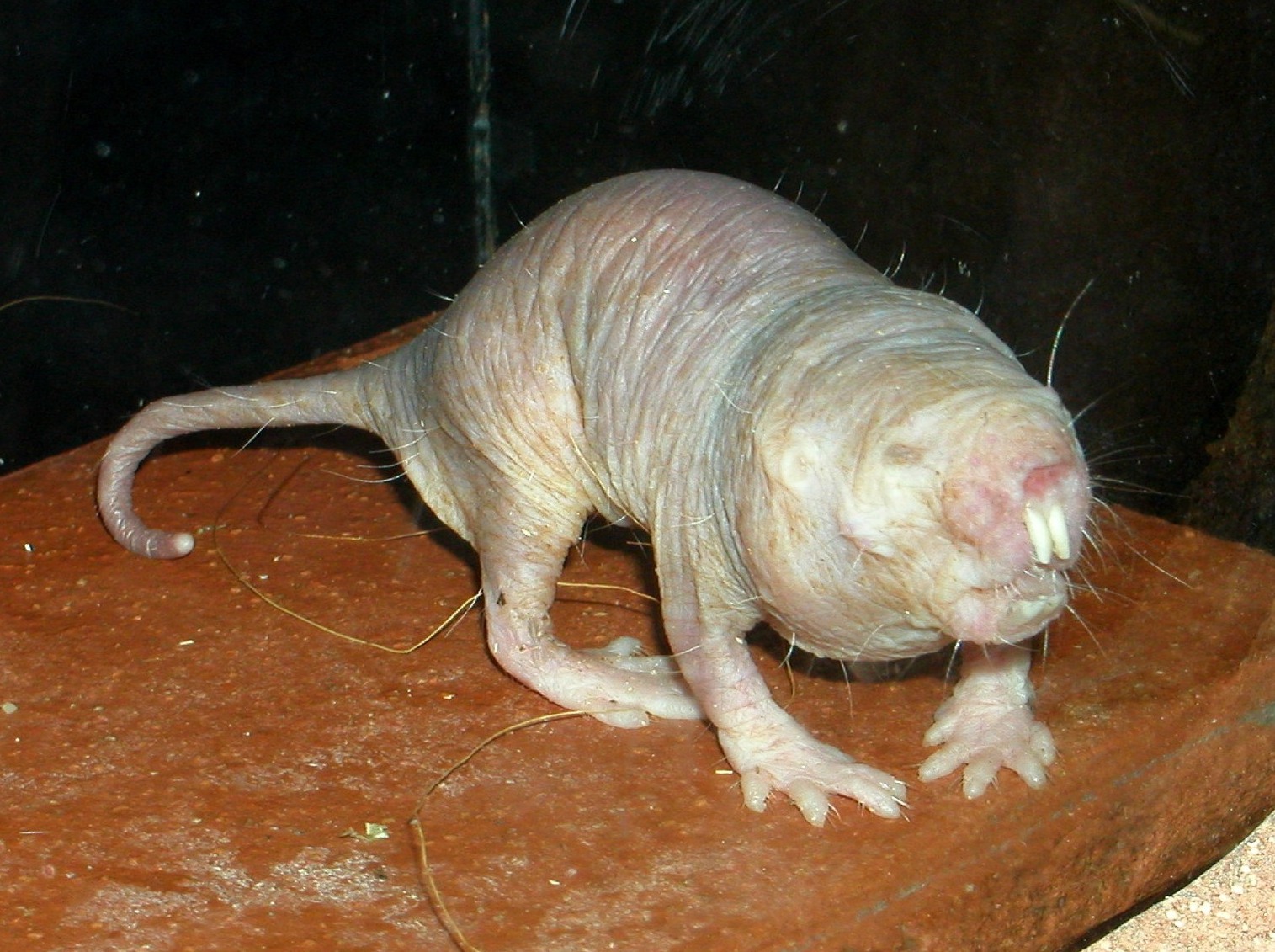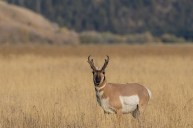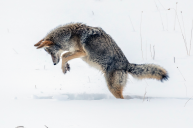Whether you've seen them in person or not, we've all heard of unusual animals, whether it's the tree-dwelling sloth, the duck-billed platypus, or a flying fish. The animal kingdom certainly does love variety, particularly when it comes to the unusual ways animals have evolved to cope with their environments. With more than 1.3 million species of animals (that aren't insects) around our great globe, it's understandable if you don't know much about a few of these oddball creatures! Some wander the oceans and rivers, others haunt the night. Still others never come up from the ground, or they roam far-off places where most of us will never go. Read on for some of the world's most mysterious animals both in the U.S. and parts beyond that you may never have heard of.
Sage grouse

Kerry Hargrove/Getty Images
The male sage grouse puffs out two air sacs in a bizarre mating routine that might make you feel a bit dirty for watching it. Every spring, the males inflate their round, yellow chest sacks, make a low drumming noise, and strut around hoping to attract a new lady. The more exaggerated the puffing and sound, the better chance of finding a mate.
Star-nosed mole
The world's fastest eater can take as little as 120 milliseconds to identify and consume its food thanks to that schnozz. Functionally blind, the mole's odd sensory organ has 22 constantly wriggling appendages containing 25,000 minute receptors, called Eimer's organs, that help it sense its way around. They can also smell under water by exhaling bubbles to catch scents, which they inhale. These moles are common from the Midwest through the East Coast.
Coati
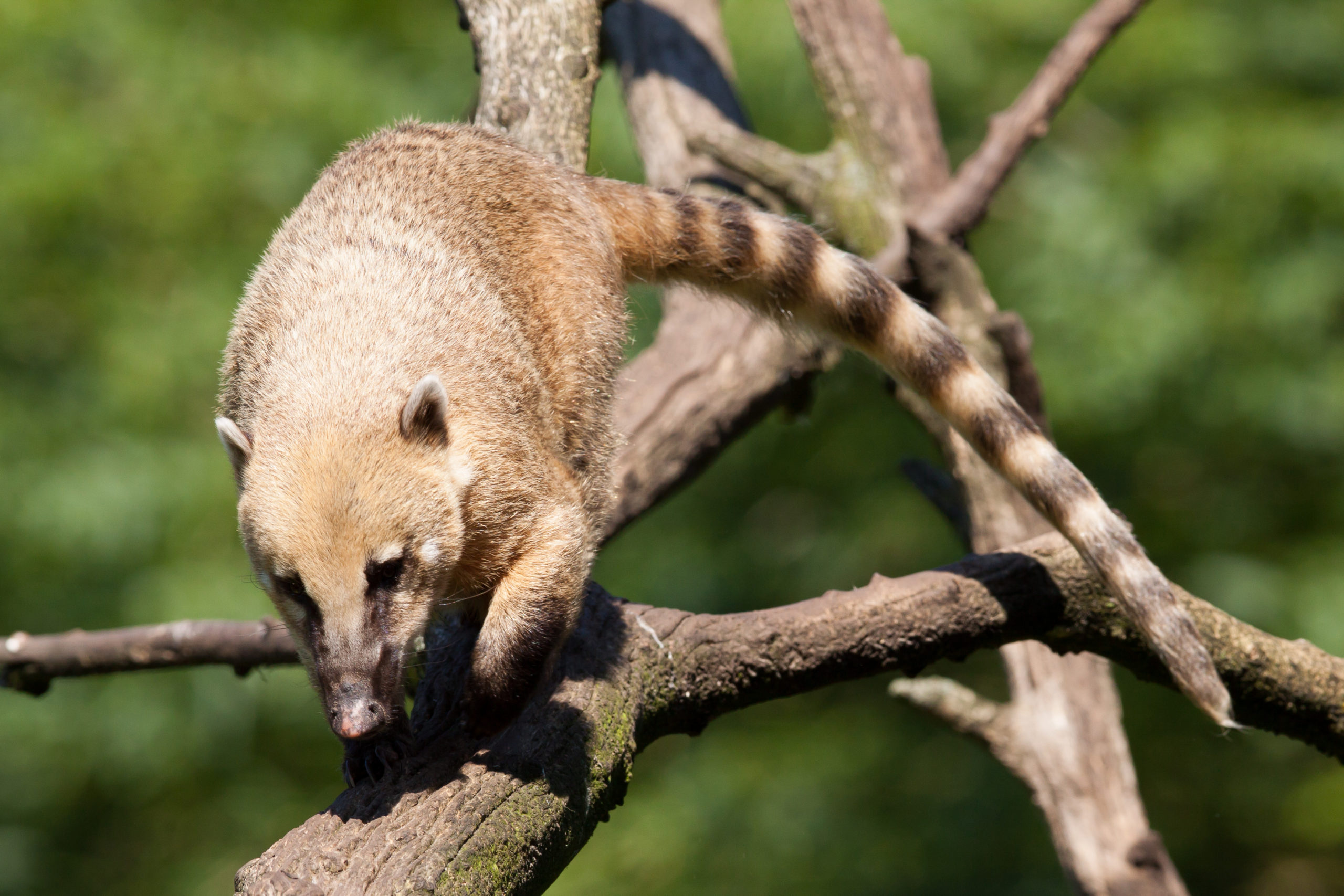
IJdema/Getty Images
At first you might think this was a deformed raccoon, but the coati (a raccoon relative, in fact) has an elongated snout that it uses to sniff out food on the forest floor. They range from South America up through the very southernmost American Southwest. They're known to be quite smart and some people even toilet-train them as pets.
Jerusalem cricket
Also called potato bugs, these ugly fellows can grow to several inches long and burrow into the ground looking for food. It beats its abdomen, which can be the size of a quarter, on the ground to make a thunderous call during mating season. Though not venomous, they emit a foul smell and can give you a painful bite. Your best shot at seeing, or avoiding, them is in the desert Southwest and even as far west as California where they terrify children on the schoolyard.
Albino deer
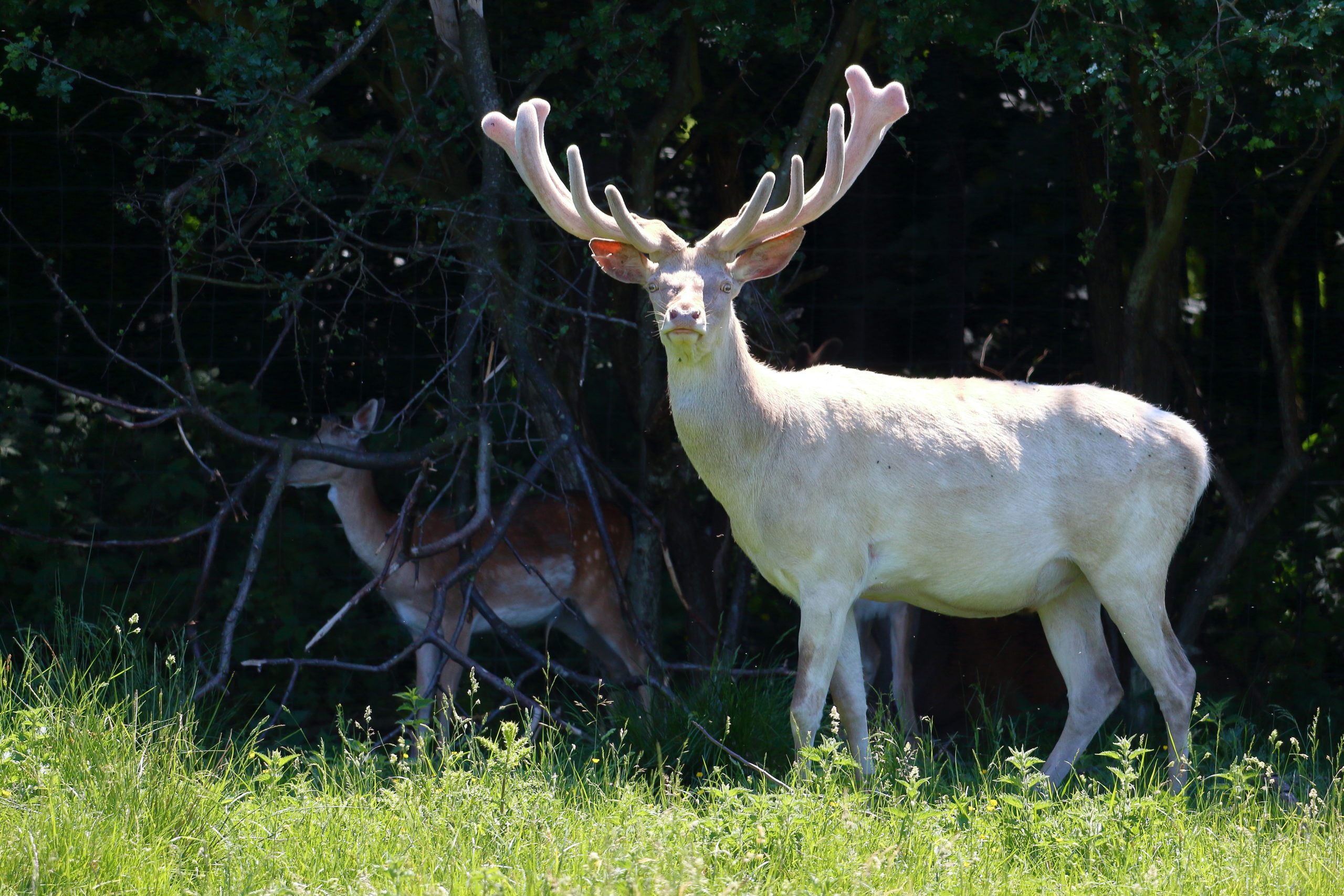
giannimarchetti/Gettty Images
The chances of an albino deer being born are about 1 in 20,000, meaning it's unlikely you may ever see one, though they're immediately identifiable by those impressive white antlers and pink eyes. Your best shot is traveling to Boulder Junction, Wisconsin, which claims to have the largest population of them in the country, and nearby states like Minnesota, Michigan, Iowa, and also in Maryland. "Ghost deer" have fascinated people for centuries, and legend says it's bad luck to kill one. Some states have strict rules around hunting them, so that's something to be aware of.
Javelina
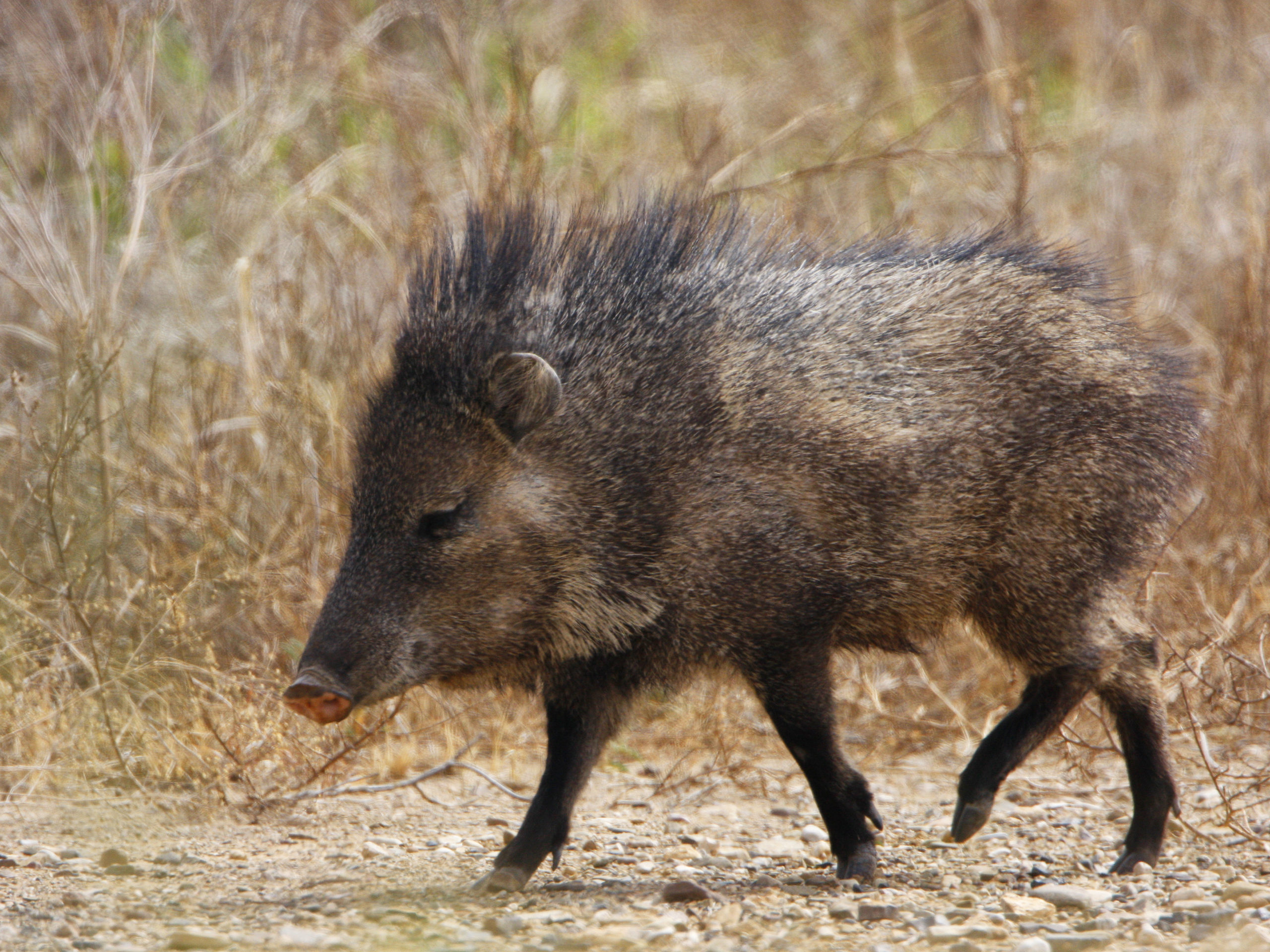
dnsmac/Getty Images
Seeing just one of these critters running into your yard while your small kids play would be terrifying enough, let alone alone 30-50 of them. The javelina, or peccary, looks like a giant hairy pig and is often confused with the razorback hog in wild areas where the two overlap. You can find them roaming around in desert places like Arizona and Texas, but they're more common in Central and South America. You may not see one in your backyard, so hike the Javelina-Ridgeline Trail near Phoenix for possible sightings.
Babirusa (Indonesia)
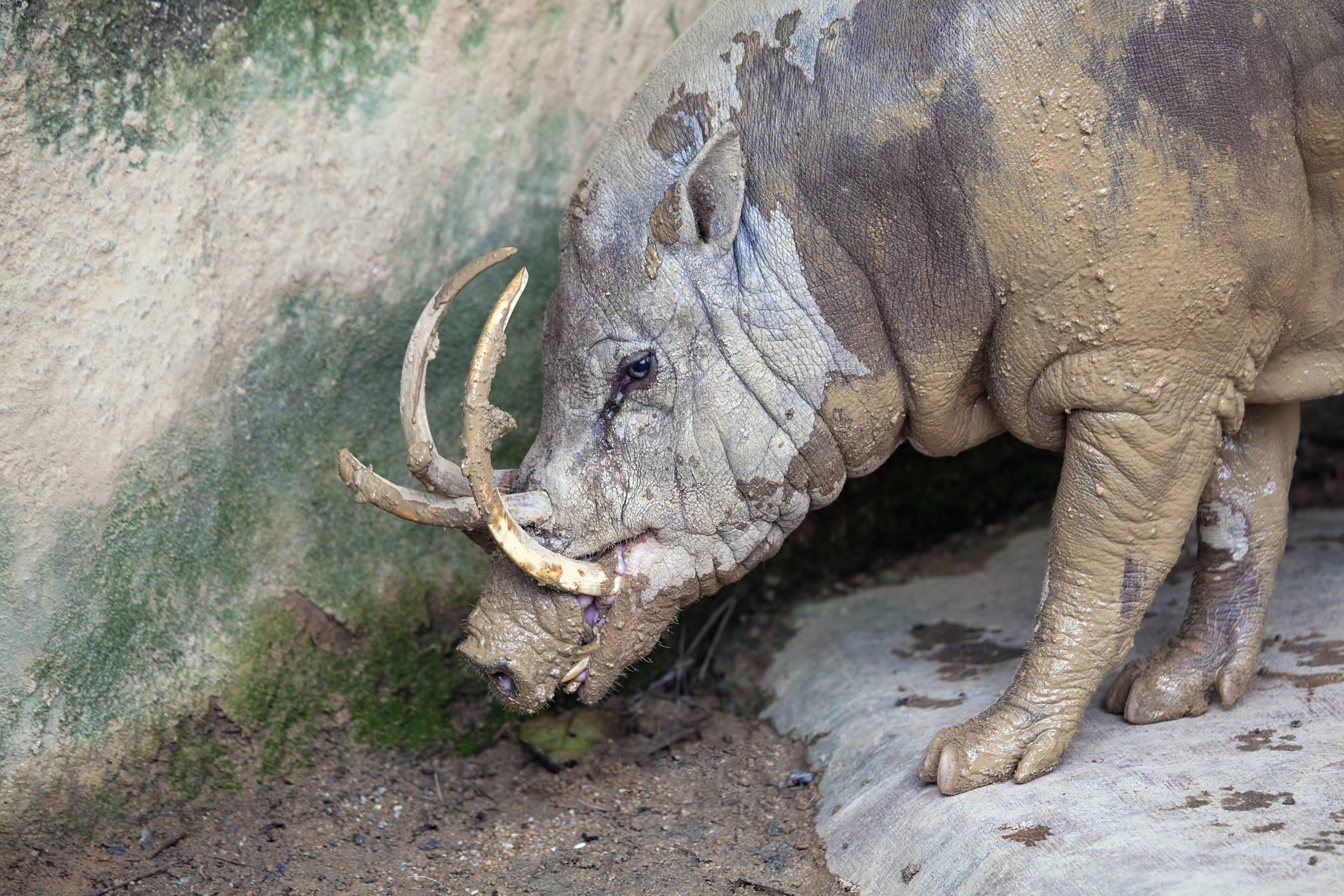
JPLDesigns/Getty Images
The prehistoric-looking wild babirusa saw the javelina and said, "Hold my beer." It has two sets of rather alarming tusks - the lower ones grow upward and through its snout! If the animal doesn't regularly grind them down, they'll grow backward into its skull. Only males have them and they're used for fighting.
Saiga antelope (Russia)
This near-extinct Russian antelope has a weird, elongated snout with huge nostrils that help keep it cool in summer and warm in winter. It also serves to protect the antelope's lungs from dust swirling around the desert and grasslands. People used to incorrectly believe the saiga drank water through its snout. The bigger and, er, squishier the snout, the more attractive to females.
Naked mole rat (Africa)
Also known as the sand puppy, this blind rodent lives entirely underground, feels no pain, can survive with little to no oxygen, and lives over 30 years, which is unheard of in rodents. Though it looks hairless, there are tiny hairs on its pink skin that help it sense its way around a labyrinth of tunnels.
Giant walking stick (Southeast Asia)
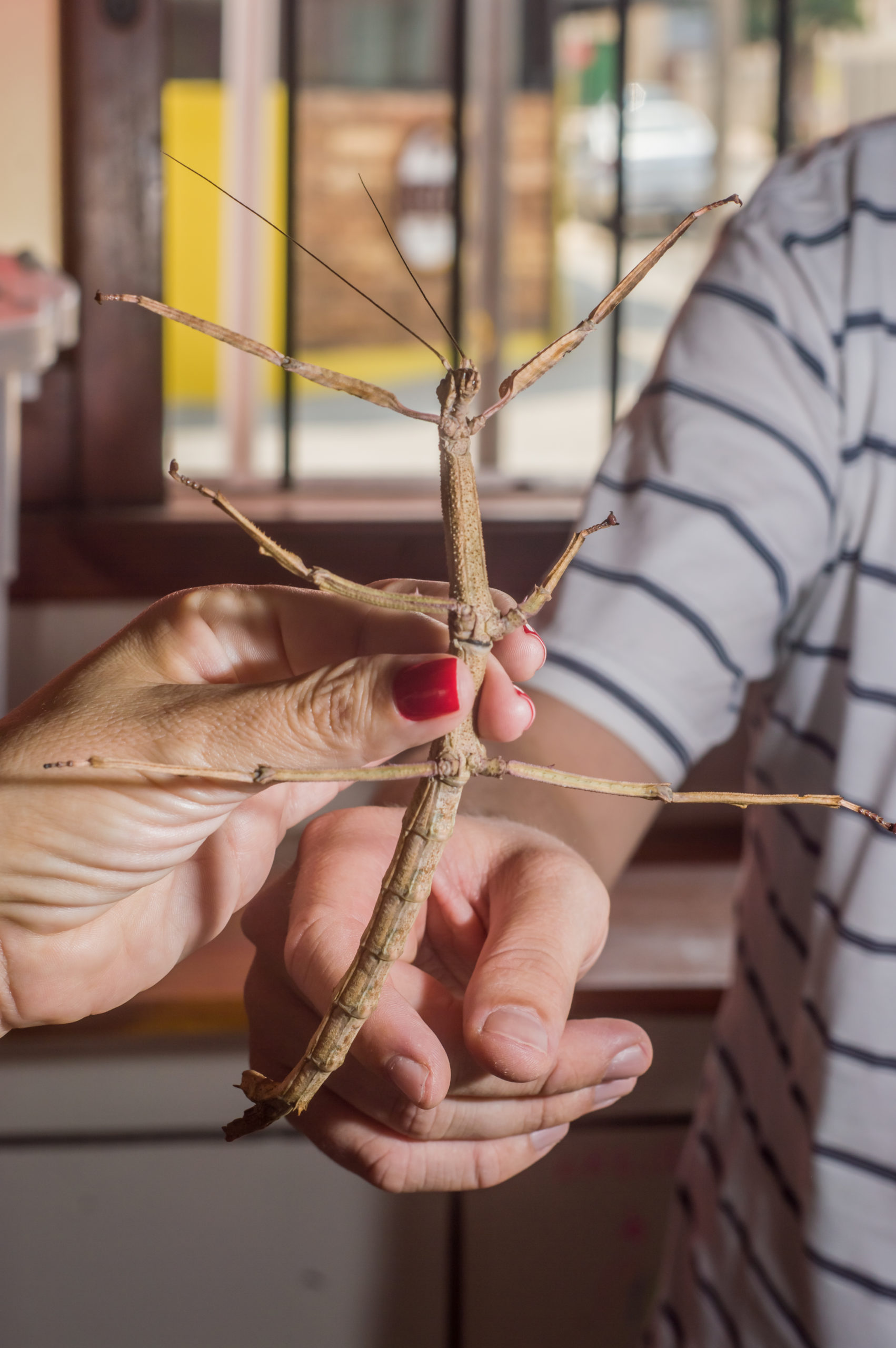
Danilo Oliver/Getty Images
Imagine walking through the woods and seeing a two-foot-long tree branch on the trail, then watching it move! The walking stick is the longest-known insect in the world. Once you stop screaming, it's nice to know that they're harmless to humans. Some people even keep them as pets. Varieties of the walking stick exist in the U.S., but they're about a third of the size.
What unusual animals have you seen in the wild? Share a photo at our Wide Open Spaces Instagram!
